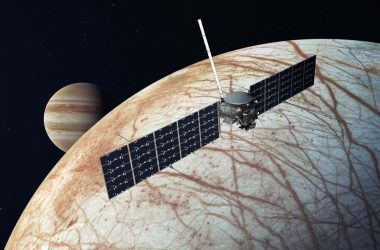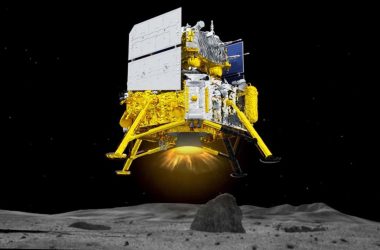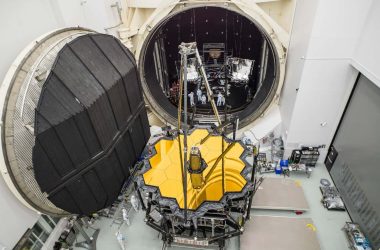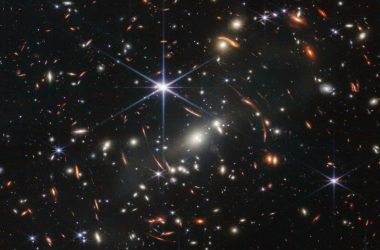The asteroid Dimorphous, three months after it was hit by a spacecraft
NASA, ESA, David Jewitt (UCLA), and Alyssa Pagan (STScI)
Last year, NASA conducted an experiment by colliding a spacecraft with the asteroid Dimorphos. The Hubble Space Telescope has now captured detailed images of the resulting debris, which reveals a field of sparkling boulders.
The Double Asteroid Redirection Test (DART) involved impacting Dimorphos, which orbits a larger asteroid named Didymos, with a 600-kilogram spacecraft. The objective was to determine if the impact could alter the orbit of the space rock as a practice for redirecting potentially hazardous asteroids in the future. The mission was successful, reducing the length of Dimorphos’s orbit by approximately 33 minutes after the impact in September 2022.
A few months later, in December 2022, David Jewitt and his colleagues from the University of California, Los Angeles, used the Hubble Space Telescope to study the debris expelled from the collision. They discovered 37 boulders, ranging in size from 1 to nearly 7 meters, visible as small sparkling lights in the image above.
These rocks are believed to have been loosely attached to the surface of Dimorphos, rather than being fragments from the asteroid itself. Additionally, they are moving slowly relative to Dimorphos at a speed of around 0.8 kilometers per hour, and their total mass accounts for about 0.1 percent of their parent asteroid.
“This provides us with the first-ever information about the material that is ejected in various sizes when an asteroid is impacted,” said Jewitt in a statement. “The boulders captured in the image are some of the faintest objects ever observed within our solar system.”
The European Space Agency’s Hera spacecraft, scheduled to depart Earth in October 2024 and arrive at Didymos and Dimorphos by the end of 2026, will further study this cloud of boulders. By combining the current Hubble observations with future Hera observations, astronomers may be able to determine the precise trajectories of these boulders.
Topics:








